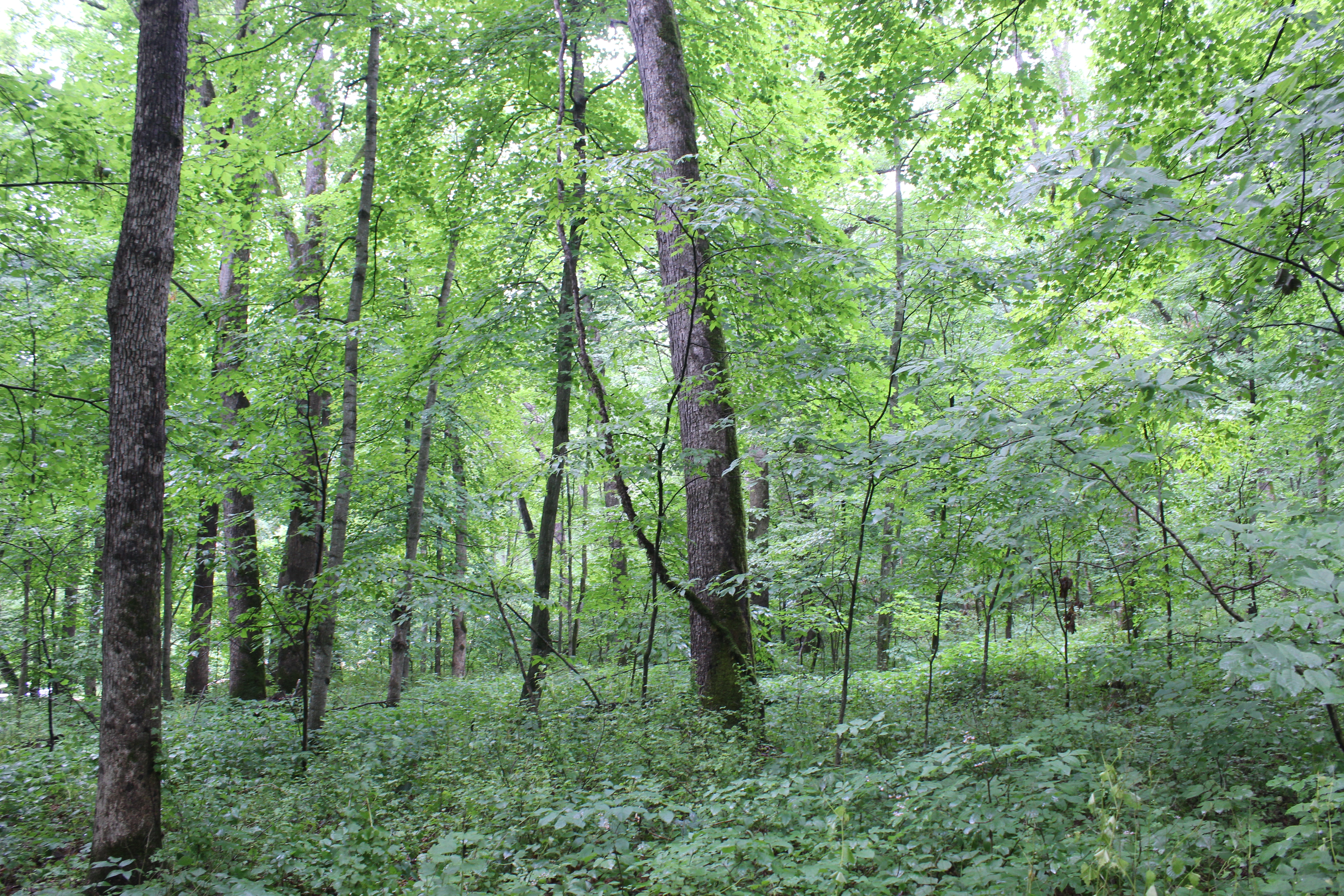
Key projected climate change impacts that the project team considered for the Driftless Area include:
- Increased average annual temperatures, particularly in winter months
- More frequent heavy precipitation events
- Increased drought stress
- Increased threat of forest pest, disease, and invasive species
Climate change will present challenges and opportunities for accomplishing the management objectives of the Driftless Area, including:
CHALLENGES
- Forests in this region have been susceptible to invasive species that may benefit from longer growing seasons, including buckthorn, bush honeysuckle, garlic mustard, and multi-flora rose
- Increasing uncertainty around the ability to apply prescribed fire as a management tool
- Limited fire is likely to hasten the conversion to mesic species, restricting oak regeneration
- Greater risk of water stress for regeneration
- Despite warmer average temperatures, cold snaps may limit otherwise future-adapted species
- Projected climate conditions may limit operability
OPPORTUNITES
- Many native tree species are expected to maintain or gain suitable habitat under climate change, including northern red oak, white oak, shagbark hickory, bitternut hickory, and sugar maple
- Sites that have been managed with fire may be more adaptable with more favorable conditions to perpetuate oak


